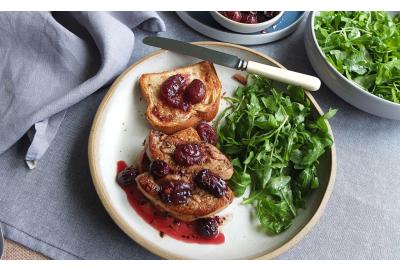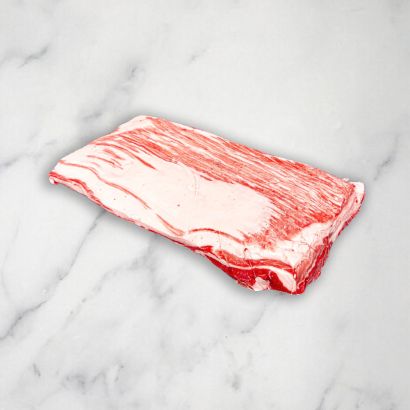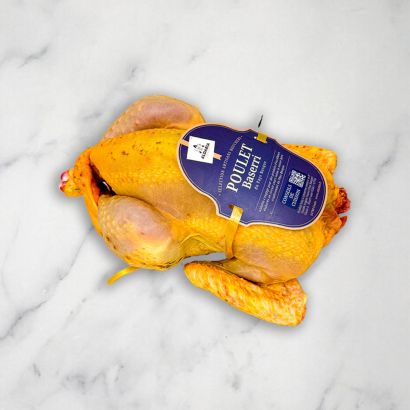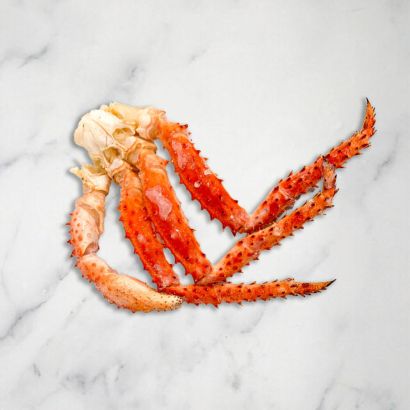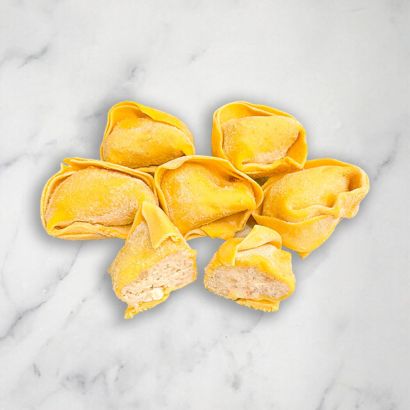Foie gras is a delicacy made from the fattened liver of a goose or duck. It is particularly popular in France, where much of it is produced, thanks to its buttery flavour and incredibly smooth texture. Many people would describe foie gras as the ultimate pate, although it can also be used in terrines, pithiviers, pies, canapes and more.
What is foie gras?
Foie gras is the liver of a fattened duck or a goose; the liver is generally sold in a single piece, when it is known as a lobe. See more on the different foie gras terms below under ‘types of foie gras’.
What is the difference between goose and duck foie gras?
Aside from the obvious difference in that they come from different birds, one of the main differences is in the size of the liver, with goose livers being larger than duck livers. The flavour of goose foie gras is also considered more delicate and a little more refined than that of duck foie gras.
Why does foie gras taste so good?
Foie gras tastes so good thanks to the high amount of fat present in the liver. Fat means flavour, after all! The buttery, rich and delicate meaty flavour of foie gras is what makes it such a sought after ingredient, along with its silky smooth texture.
What is the history of foie gras?
The production of the popular delicacy actually dates back to the Egyptians, who first developed the practice of fattening birds for foie gras. The method spread from Egypt to the Mediterranean, and was adopted with enthusiasm by the Romans. The largest producer and consumer of foie gras today is France, and the product is considered an important part of French culinary history. However, there are other producers of foie gras, most notably in Hungary and Spain.
What are the different types of foie gras?
In France, there are legally defined preparations of foie gras, which refer to the amount of liver present and its form. At Fine Food Specialist we sell a range of foie gras products including fresh foie gras, frozen foie gras and preserved foie gras.
Foie gras: made from different pieces of foie gras liver
Foie gras entier: refers to a whole foie gras, which is made from one or two lobes
Bloc de foie gras: refers to a cooked, formed block of which 98% or more is foie gras
Pate de foie gras: a pate of foie gras must contain at least 50% foie gras
Parfait de foie gras: a parfait of foie gras is legally required to contain 75% foie gras, or more.
What different types of foie gras products are available?
We sell a range of foie gras products, so there is sure to be something to suit your requirements. If you are looking for a foie gras gift, for example, then try our range of foie gras gifts and hampers, which come with a range of foie gras products and accompaniments, for the ultimate foie gras experience! We also sell foie gras bloc, foie gras terrines, foie gras pates and lobes of fresh and frozen foie gras.
How do you prepare foie gras for cooking?
Whole pieces of foie gras liver must be deveined before cooking, so that you are left with just the pieces of fatty liver, which can then be used to make pate, terrines and more. The liver must be at room temperature before the veins can be removed. Begin by separating the lobes and removing the main vein from the large lobe, which runs the length of the liver. The second vein is located in the centre of the lobe, where the two pieces were joined together. It is easiest to cut a lobe in half lengthways using a hot knife, then gently remove the veins once you can see the cross section. Deveining a lobe can be a tricky business for the beginner however, which is why we sell deveined foie gras ready to use.
Does foie gras need to be cooked before eating?
If you have a fresh or frozen piece of foie gras, then it must be cooked before eating. It is easiest to cook sliced foie gras straight from the freezer, otherwise it becomes very soft in the pan and is liable to disintegrate. Season medallions of foie gras liberally with sea salt and sear in a very hot pan for around 15 seconds on each side.
How long can you keep foie gras in the fridge?
Fresh foie gras will keep for 2 days in the fridge. Frozen foie gras will keep in the freezer for around 1 year.
Which flavours work best with foie gras?
Fruit flavours work very well with foie gras, particularly stone fruits such as plums, plus grapes and apples. A classic pairing for a foie gras starter for example might be a fruit chutney with an enriched dough bread such as brioche. The rich, full flavour of foie gras means that it matches well with sweet flavours. Sauces that are thick reduced and wine or liquor based are the best match here: think classic French flavours and you can’t go far wrong. Try one of our pots of sweet wine jelly, and you will see how well these classic flavours work together.
Which wines work best with foie gras?
Foie gras is traditionally served with sweet wines, such as sauternes. If you’d like to try something less sweet with your foie gras, then look towards white wines from the south west of France, and steer away from anything too dry or with too much acidity.
A champagne would also work well - look for honeyed notes on the nose and some richness from decent age. Those bubbles will help to cut the richness of the foie gras, too.
Recipes using foie gras from Drogo’s Kitchen
Seared Foie Gras with Spiced Grape Chutney
Foie Gras Terrine with Brioche and Sweet Wine Jelly

